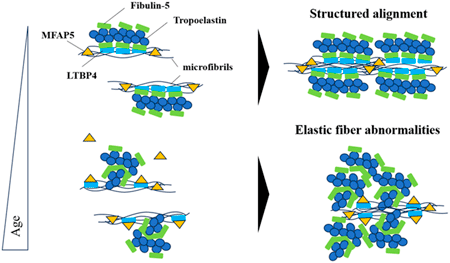- J-STAGE home
- /
- Biological and Pharmaceutical ...
- /
- Volume 48 (2025) Issue 4
- /
- Article overview
-
Fumiaki Sato
†
Corresponding author
Laboratory of Pathological Analysis, Faculty of Pharmacy, Juntendo University, 6–8–1 Hinode, Urayasu, Chiba 279–0013, Japan
-
Teruaki Oku
†
Department of Microbiology, Hoshi University School of Pharmacy and Pharmaceutical Sciences, 2–4–41 Ebara, Shinagawa-ku, Tokyo 142–8501, Japan
-
Yuka Nishigaki
Laboratory for Bioanalysis and Onco-Pharmaceutics, Hoshi University School of Pharmacy and Pharmaceutical Sciences, 2–4–41 Ebara, Shinagawa-ku, Tokyo 142–8501, Japan
-
Mana Suzuki
Laboratory for Bioanalysis and Onco-Pharmaceutics, Hoshi University School of Pharmacy and Pharmaceutical Sciences, 2–4–41 Ebara, Shinagawa-ku, Tokyo 142–8501, Japan
-
Hiroyasu Sakai
Department of Biomolecular Pharmacology, School of Pharmacy, Hoshi University School of Pharmacy and Pharmaceutical Sciences, 2–4–41 Ebara, Shinagawa-ku, Tokyo 142–8501, Japan
-
Hideyuki Takeshima
Department of Epigenomics, Institute for Advanced Life Sciences, Hoshi University School of Pharmacy and Pharmaceutical Sciences, 2–4–41 Ebara, Shinagawa-ku, Tokyo 142–8501, Japan
-
Yoshinori Kato
Laboratory for Bioanalysis and Onco-Pharmaceutics, Hoshi University School of Pharmacy and Pharmaceutical Sciences, 2–4–41 Ebara, Shinagawa-ku, Tokyo 142–8501, Japan
-
Author contributions†These authors contributed equally: Fumiaki Sato, Teruaki Oku
Supplementary material
2025 Volume 48 Issue 4 Pages 450-456
- Published: April 24, 2025 Received: December 01, 2024 Released on J-STAGE: April 24, 2025 Accepted: February 20, 2025 Advance online publication: - Revised: -
(compatible with EndNote, Reference Manager, ProCite, RefWorks)
(compatible with BibDesk, LaTeX)


